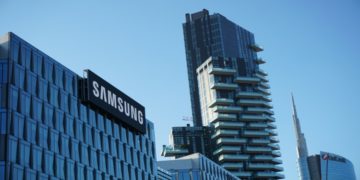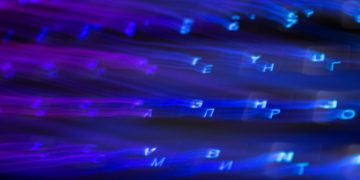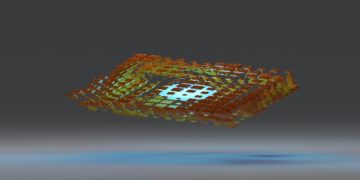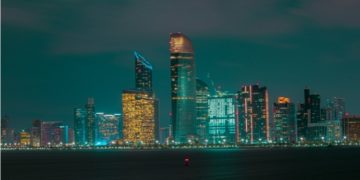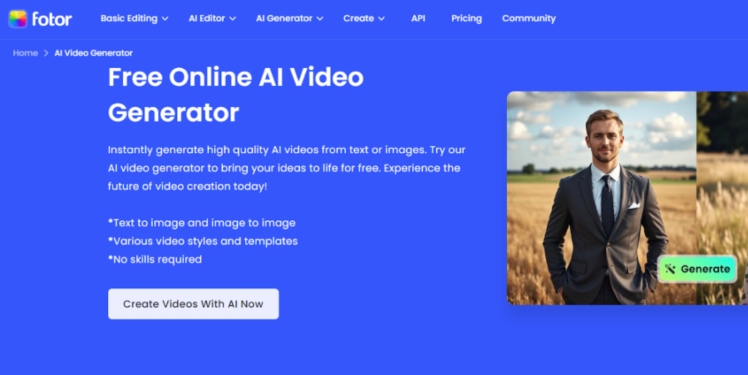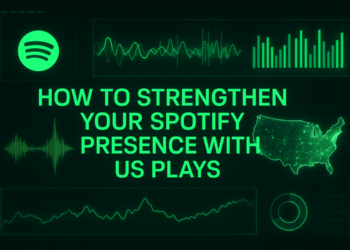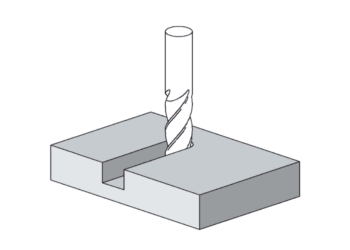The media creation industry has experienced an earthquake over the last years, and artificial intelligence has become the driving vehicle of unrealistic creativity. The transition of the static images to dynamic video content is one of the most revolutionary ones because in the past, it was a time-consuming process requiring professionals with costly software and professional knowledge. Nowadays, AI-based video creators are democratizing this ability, enabling marketers, educators, and creators to create video stories with impressive ease and speed using just a few photos and text prompts.
Video creation powered by AI is on the rise
The language of digital communication is video content which has dominated. Research continually demonstrates that video elicits 1200% more shares as compared to text and images combined and that 95% of a message is remembered by the viewer, when conveyed via video compared to only 10 per cent when conveyed via text. This presents a very urgent question: how are businesses and individual creators going to keep up with the insatiable demand of video content without correspondingly raising their budgets and production schedules?
Conventional video production takes several steps: scriptwriting, storyboarding, shooting, editing, color correction, and sound design; it presupposes different skills and takes much time. An average 60 second marketing video may require weeks to create and may cost thousands of dollars. The key difference in the mechanism of AI video generators is that they automate the technical processes and do not eliminate any creative control.
The technology relies on deep learning algorithms that are trained on millions of video clips, know the dynamics of motion, temporal coherence and principles of visual storytelling. These systems do not just stick filters on pictures that are not moving, but read the intent of creativity and create flowing motion and ensure the same aesthetic quality can be maintained throughout the frames-functioning as a co-worker in the creative process.
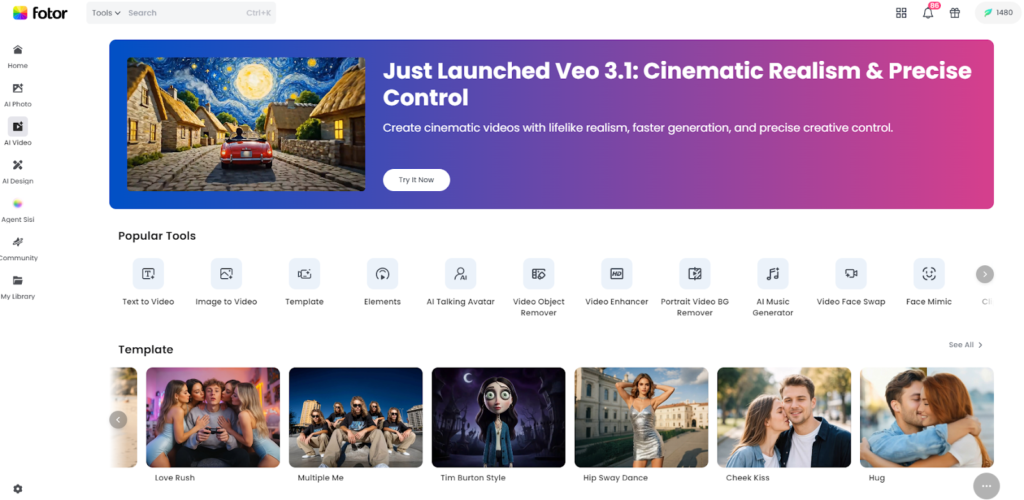
The Technology behind Modern AI Video Generators
Diffusion models and transformer architectures are the new fundamental building blocks of the contemporary tools of advanced video generation, collaborating to comprehend both image and textual data. When you give an image to an AI video generator, the system does a number of advanced processes:
- Motion Prediction and Synthesis: The AI interprets the composition of the stationary image and determines the elements which ought to move logically. One can see clouds floating, water streaming, hair moving, and the camera positions changing- all of it is anticipated depending on acquired patterns in real-life videos. The system produces intermediate frames that produce smooth natural movement as opposed to jerky changes.
- Temporal Consistency Maintenance: Unlike GIF creation or primitive animation, professional AI video tools do not make the objects lose their identity and properties in the course of the sequence. The face of a person is still recognizably the same in every frame, and there exists a realistic development of lighting and shadows.
- Semantic Understanding: The AI can interpret the descriptive language in the process of interpreting the images and text cues which helps the video to have a certain mood, pacing and style. Words such as cinematic, fast-paced, or dreamlike activate various rendering parameters, including frame rate, colour grading, and so on.
- Upscaling and Enhancement: In most applications, there are real-time enhancement algorithms, which enhance the quality of the input image prior to commencing the animation process, such that the resulting video is of professional resolution.
This technical basis describes why the results of the use of modern tools do not seem to be made by an algorithm, but rather appear to be purposeful- the AI has basically learned the rules of visual storytelling.
How Fotor’s AI Video Generator Transforms Concepts into Reality
The experience of Fotor entering this space typifies the way the existing creative platforms are incorporating AI functionality into well-linked ecosystems. Fotor AI video generator can be deployed as an extension of the customary design processes, which is why it can be used by users without any prior experience of video editing at all. The procedure is usually based on the three-step methodology which is intuitive:
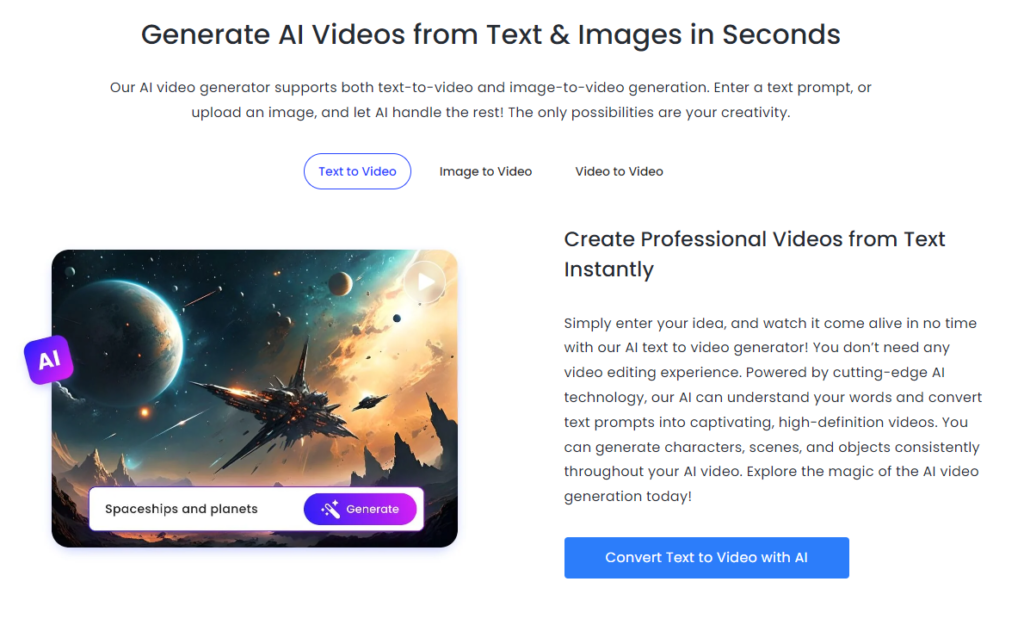
1. Input Flexibility:
A user may start with an individual photo, a digital image, a textual explanation or a mixture of these features. The site can accept almost all the types of images in all kinds of resolutions and automatically optimizes them to convert them into video. It gives the ability to use any product photo on an e-commerce catalog or an AI-generated concept art or a basic sketch as a starting point.
2. Creative Direction Through Prompting:
Fotor uses natural language processing in lieu of exposing users to complicated keyframe timelines and adjustment curves. A user may relate a gentle pan across the scenery as the sun sets with a warm golden hour illuminating the scenery and a fine mist spreading out of the valley. The AI understands these commands and transforms them into certain camera movements, lighting, and atmospheric effects. The key parameters such as motion amplitude, animation time and style intensity could also be fine-tuned to provide more accurate control to the advanced users.
3. Intelligent Rendering:
The generation process is based on the type of image content used in its generation: portraits are treated differently than landscapes or product photos. The system uses adequate physics of motion: clothes curl and wave, leaf formations move with the wind patterns, and water bodies are shining with shifting light. This non-code technique eliminates the unnatural, rubber-banding of video animation tools of the past.
The peculiar feature of this approach is the focus on creative acceleration instead of creative replacement. The AI takes care of technical performance, but aesthetics, narration, and emotional coloring are human-oriented to ensure that the creator speaks in the original voice without the burdensome production filter.
Understanding the Investment: Fotor’s Pricing Structure
In the case of creators who review tools of AI video generation, the cost structure is the necessary factor to budget and plan the workflow. Fotor offers a freemium business model that provides a well-defined upgrade options and allows hobbyists to use it, and enables the power user features of professional features.

Fotor Basic (Free Tier)
The entry-level plan is a good place to establish an initial test, where a few editing tools are offered, limited AI credits, and 512 MB of cloud storage are available. Nonetheless, the downloads come with watermarks hence it is more acceptable in individual experimentation and not distribution to the professionals. The level will enable the user to ascertain the importance of the technology to their requirements prior to laying down money.
Fotor Pro
This level costs 8.99 a month or 47.99 a year (or 3.99 a month) and removes watermarks and gives 100 credits of AI a month, which is enough to produce about 10-15 short videos per month based on the complexity. The users can access high-quality editing options, high-quality templates, HD downloads, and 2 GB of cloud storage.
Fotor Pro+
This premium level is priced at 19.99 per month or 99.99 per year (equivalent to 8.33/month), and includes 300 monthly AI credits, which facilitate creation on higher volumes. It has a significant upgrade to 100 GB of cloud storage, batch editing features (up to 50 images), and various brand kits, which makes it suitable to marketing teams and agencies with numerous clients.
Practical Applications Across Industries
The versatility of AI video generation tools creates value across diverse sectors:
- Digital Marketing and E-commerce: Product marketers can turn static catalog images into dynamic showcase videos displaying items from multiple angles with moving lights that highlight textures and features. A single product image becomes a 360° presentation in minutes—boosting conversion rates while cutting photography costs.
- Social Media Content: Content creators constantly need fresh posts. With AI video generation, they can quickly prototype ideas—turning a blog image into a video preview, animating quotes with shifting backgrounds, or creating branded intros with visual consistency. This efficiency lets them stay creative and engaging without burnout.
- Educational Content: Complex concepts are easier to grasp in motion. History teachers can animate old photographs, while science instructors use AI to illustrate processes like cell division or plate tectonics. The barriers to creating effective educational media have dropped dramatically.
- Real Estate and Architecture: Static listings transform into immersive walkthroughs. Exterior shots can show how sunlight moves across a building, and floor plans become virtual tours, letting buyers explore spaces before visiting.
- Creative Prototyping: For filmmakers and designers, AI video tools act as rapid storyboarding aids. Directors can visualize scenes, test camera angles, and align visions with crews—saving significant time and refining decisions before full production.
The Future Trajectory of AI Video Generation
We’re witnessing merely the first wave of this technology. Near-term developments promise even more sophisticated capabilities:
- Multimodal Input Integration: The technology of the future will create a smooth integration of images, text, audio cues and even coarse sketches to lead the generation. Think of humming a song and you give a photo and the AI generates a video which moves with the beat back to your music.
- Real-Time Generation: With more processing power and optimization, we are heading to a time of real-time AI video generation when a live stream or interactive presentation, the visuals are generated dynamically in response to audience feedback or narration of a speech, can be generated.
- Style Transfer and Brand Consistency: Sophisticated systems will acquire particular brand aesthetics on limited samples, and will use that aesthetic to apply to all generated content: brand consistent all the way to scale.
- Collaborative AI: Future systems will be collaborative, where creators interact with the system through conversation, where they give feedback to the system about particular frames or motion sequences, and the system progressively develops output, similar to how they would with a human assistant.
These will further draw the line between fantasy and reality making video as easy to make as writing a sentence and this development has far reaching consequences on communication and education and expression of creativity.
Conclusion
The AI video generator of Fotor is the first step towards the availability of advanced video creation to creators of all levels. These tools do not supersede human creativity, as they convert the stagnant images into living stories using intelligent automation, eliminating technical constraints that previously narrowed ideas.
To companies and creators operating in a world that is becoming more video-based, awareness of and utilization of AI video generation is becoming a tactical asset rather than the competitive one. Whether to adopt these tools or not is no longer a question, but rather how soon they can be incorporated into the current workflows to open a new dimension of creative productivity.
Like any game changing technology, it is not the tool itself that will succeed, but the vision of those who use it. The generators of AI video give the canvas and the brushes; the human artist gives the story to be told.

